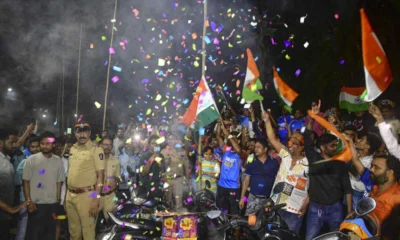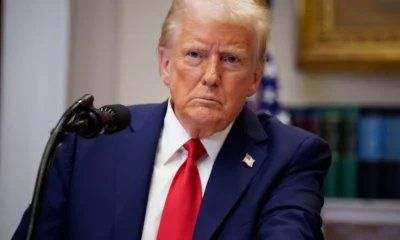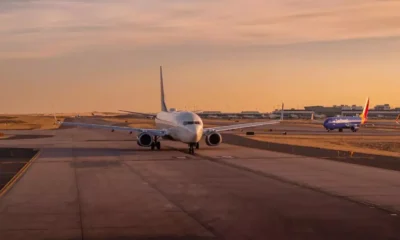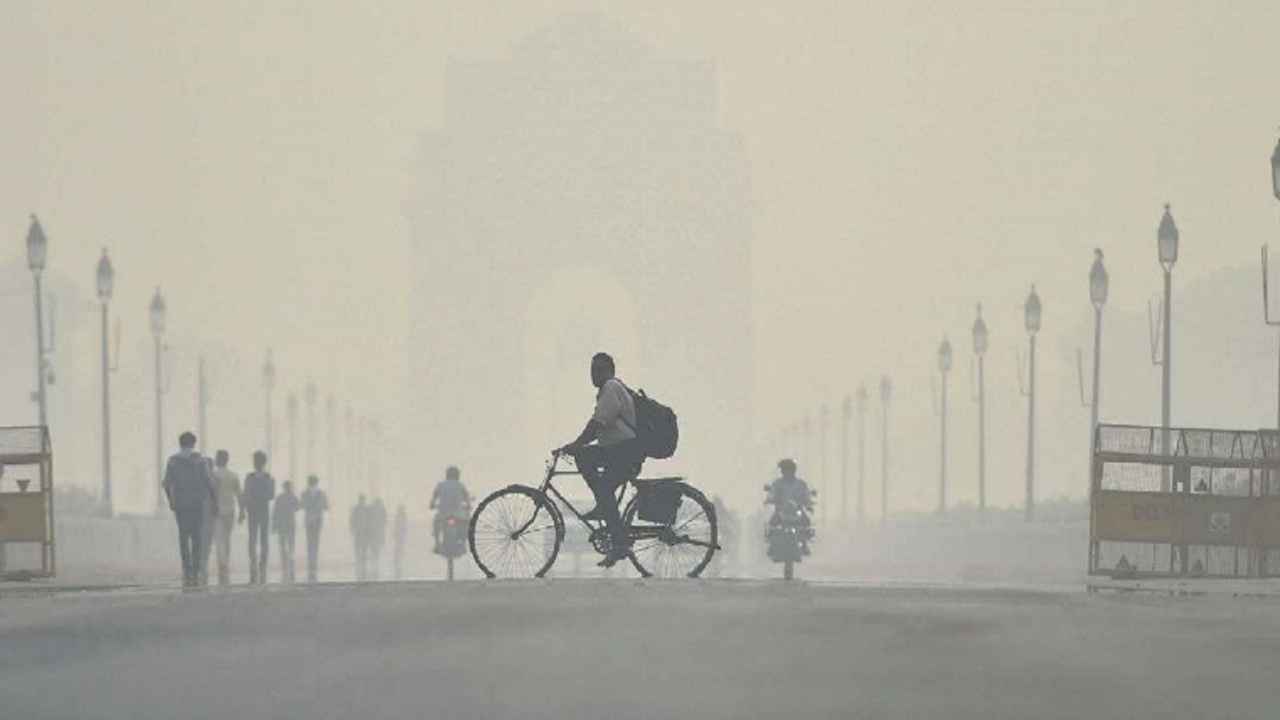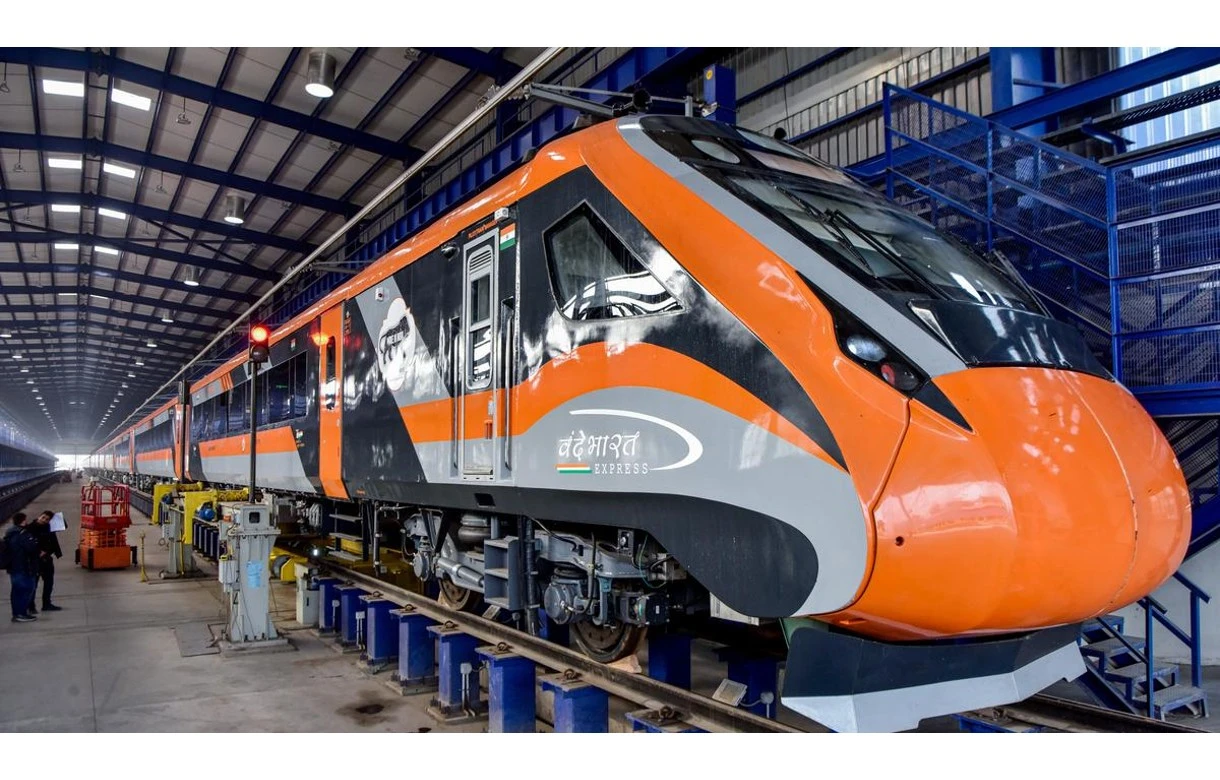India News
Central expert predicts India likely to witness Covid peak by May 7
Maximum by another 10-15 days, the team expect every Indian state to peak and begin a downturn. There could be outliers as well but by and large, that is what the team expect.
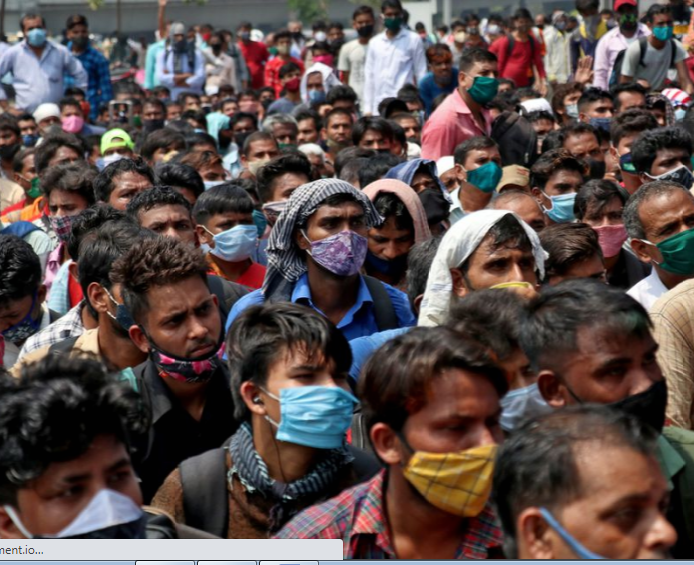
India News
GRAP stage-III measures enforced across Delhi as air quality worsens
Delhi’s air quality has deteriorated further, prompting authorities to enforce GRAP stage-III measures across the NCR amid rising AQI levels.
India News
PM Modi to visit Bengal and Assam, launch Vande Bharat sleeper train and key projects
PM Modi will visit West Bengal and Assam on January 17 and 18 to launch India’s first Vande Bharat sleeper train and inaugurate major infrastructure projects.
India News
NDA’s track record strikes chord as PM Modi hails Maharashtra civic polls win
Prime Minister Narendra Modi hailed Maharashtra voters after the BJP-led NDA registered a historic victory in the BMC elections, ending decades of Shiv Sena dominance.
-
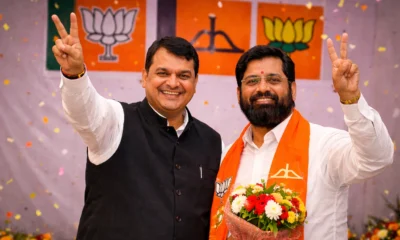
 India News11 hours ago
India News11 hours agoBJP-led Mahayuti surges ahead in BMC polls as Thackerays lose Mumbai stronghold
-

 Latest world news17 hours ago
Latest world news17 hours agoTrump calls it a wonderful gesture as Machado presents him Nobel Peace Prize medal
-
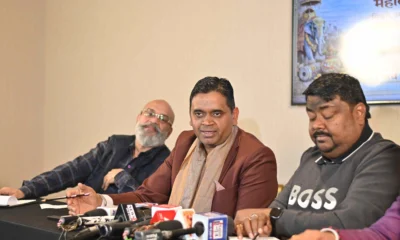
 India News12 hours ago
India News12 hours agoInternational Bihar and Purvanchal Festival to be held in Sydney on March 22
-
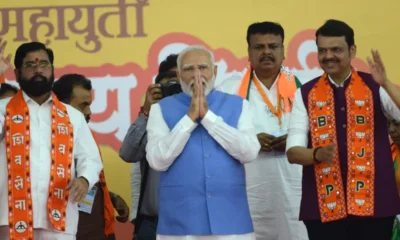
 India News7 hours ago
India News7 hours agoNDA’s track record strikes chord as PM Modi hails Maharashtra civic polls win
-

 India News7 hours ago
India News7 hours agoPM Modi to visit Bengal and Assam, launch Vande Bharat sleeper train and key projects
-
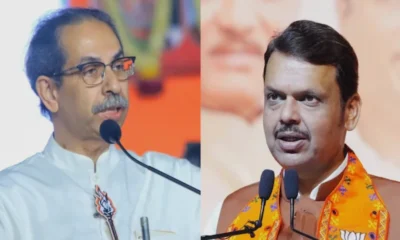
 India News17 hours ago
India News17 hours agoBJP, Thackerays or Pawars: Maharashtra civic body poll results awaited today
-

 India News17 hours ago
India News17 hours agoPM Modi urges people to read Tirukkural on Thiruvalluvar Day
-

 India News7 hours ago
India News7 hours agoGRAP stage-III measures enforced across Delhi as air quality worsens

